In the 19th century, thousands of Indian workers were employed in Kenya to build a vast local railway network. They brought with them their own food culture and used ingredients and cooking methods to create dishes that felt close to home. Today, many Kenyan dishes feature a strong Indian influence, and one of them is Ndengu.
The word itself translates simply to ‘mung bean’, which is at the heart of the dish. The use of aromatics like onion, garlic and ginger and the blend of spices including cumin, pepper and turmeric is reminiscent of the beginnings of a great many Indian curries. Ndengu is traditionally served with Kenyan Chapati, another staple food that is a product of cross-cultural influence and in essence similar to the flakey Indian Laccha Paratha.
Unlike most Indian curries, Kenyan Ndengu is often made with a curry powder. These can vary heavily depending on origin and brand and I’d recommend making your own. You can find a recipe on the bottom of the page of my recent Ugali post. Although it is a Tanzanian curry powder, it works well for this recipe too.
It’s also common to simply pair Ndengu with rice. Either chapati or rice will turn the dish into a wholesome meal that is traditionally vegan – and a complete protein.
What is a Complete Protein?
A complete protein contains all nine essential amino acids that the human body cannot produce on its own and must obtain from the diet. Animal-based foods like meat, fish, eggs and dairy are typically complete proteins. However, many plant-based foods lack one or more essential amino acids, making them incomplete proteins.
Some plant foods, such as quinoa, soybeans (tofu, tempeh, edamame), chia seeds, hemp seeds and buckwheat, are complete proteins on their own. Others, like beans, lentils, nuts and seeds, are incomplete but can be combined with other sources to form complete proteins. For example, combining legumes with grains, grains with nuts or nuts with legumes can create a complete protein meal.
Our body can store these amino acids and combine them with those received from sources we consume at other times during the day. So eating a complete protein is not essential for every dish. However, combining different sources of proteins in a single meal makes it easier to cover the daily intake and will keep you full for longer.
Benefits of Mung Beans
- Rich in Nutrients: Mung beans are a good source of essential nutrients such as protein, fiber, vitamins (especially B vitamins), and minerals (such as magnesium, potassium, and iron).
- High in Antioxidants: They contain antioxidants like flavonoids and phenolic acids, which can help reduce inflammation.
- Supports Digestive Health: The high fiber content in mung beans aids digestion, prevents constipation, and promotes a healthy gut microbiome.
- Helps Manage Blood Sugar Levels: Mung beans have a low glycemic index and are high in fiber and protein, which can help regulate blood sugar levels and improve insulin sensitivity.
- Promotes Heart Health: The fiber, potassium, and magnesium in mung beans contribute to heart health by reducing cholesterol levels, lowering blood pressure, and improving overall cardiovascular function.
- Boosts Immune System: The vitamins, minerals, and antioxidants in mung beans support the immune system and help the body fight infections and diseases.
Serves 4 if served with chapati or rice
Ingredients
- 320g mung beans
- 2 large tomatoes (300g)
- 30g coriander
- 3 tbsp vegetable oil
- 1 large red onion (150g)
- 4 large garlic cloves
- 25g ginger
- 2 tbsp of tomato paste (50g)
- 1 small green pepper
- 1 large carrot
- 1 tsp curry powder
- 1 tsp ground cumin
- 1/2 tsp black pepper
- 1/4 tsp of turmeric
- 1x 400ml can of coconut milk
- 1 tbsp salt (14g)
Method
Rinse the mung beans under running water, then add them to a large pan along with 1.25l fresh water. Bring to a boil, reduce the heat and simmer covered for 20-25 mins or until the beans are just tender and have split slightly. Drain but keep the cooking liquid.
Meanwhile, finely dice the tomatoes; finely chop the coriander stems and leaves, but keep them separate. Heat the oil over medium-low heat in a casserole. Finely dice the onion and sauté in the oil until softened (8-10 minutes), while you peel and grate the garlic and ginger.
Add the garlic, ginger and coriander stems to the casserole and continue cooking for 1 minute more. Tip in the diced tomatoes along with the tomato paste, reduce the heat to low and cook covered until the tomatoes have softened (8-10 minutes). Meanwhile, finely dice the pepper and carrot.
Stir in the curry powder, cumin, black pepper and turmeric and let them heat through, then stir in the diced pepper and carrot. Now add the cooked mung beans along with the coconut milk, the salt and 200ml of the cooking liquid. Bring to a boil, then reduce the heat and simmer covered for 15 minutes. Stir in the chopped coriander leaves, then divide the curry between bowls and serve with chapati or rice.
As an Amazon Associate I receive a small commission from affiliate links on this page.
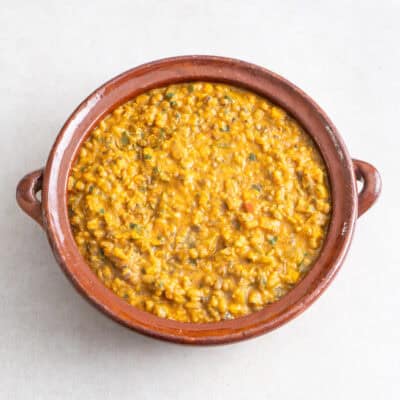
Ndengu (Kenyan Mung Bean Curry)
Ingredients
- 320 g mung beans
- 2 large tomatoes (300g)
- 30 g coriander
- 3 tbsp vegetable oil
- 1 large red onion (150g)
- 4 large garlic cloves
- 25 g ginger
- 2 tbsp of tomato paste (50g)
- 1 small green pepper
- 1 large carrot
- 1 tsp curry powder
- 1 tsp ground cumin
- 1/2 tsp black pepper
- 1/4 tsp of turmeric
- 1 x 400ml can of coconut milk
- 1 tbsp salt (14g)
Instructions
- Rinse the mung beans under running water, then add them to a large pan along with 1.25l fresh water. Bring to a boil, reduce the heat and simmer covered for 20-25 mins or until the beans are just tender and have split slightly. Drain but keep the cooking liquid.
- Meanwhile, finely dice the tomatoes; finely chop the coriander stems and leaves, but keep them separate. Heat the oil over medium-low heat in a casserole. Finely dice the onion and sauté in the oil until softened (8-10 minutes), while you peel and grate the garlic and ginger.
- Add the garlic, ginger and coriander stems to the casserole and continue cooking for 1 minute more. Tip in the diced tomatoes along with the tomato paste, reduce the heat to low and cook covered until the tomatoes have softened (8-10 minutes). Meanwhile, finely dice the pepper and carrot.
- Stir in the curry powder, cumin, black pepper and turmeric and let them heat through, then stir in the diced pepper and carrot. Now add the cooked mung beans along with the coconut milk, the salt and 200ml of the cooking liquid. Bring to a boil, then reduce the heat and simmer covered for 15 minutes. Stir in the chopped coriander leaves, then divide the curry between bowls and serve with chapati or rice.


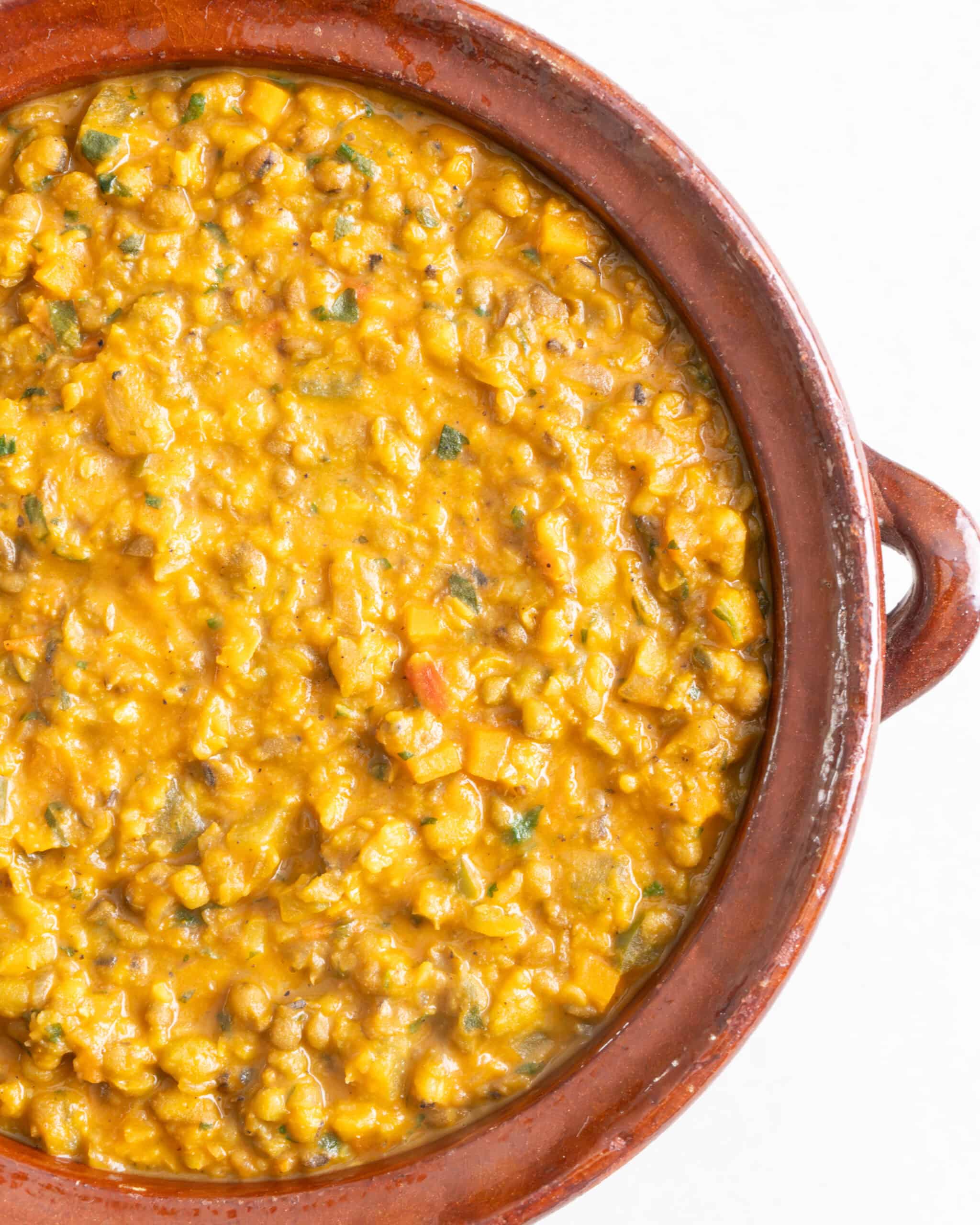

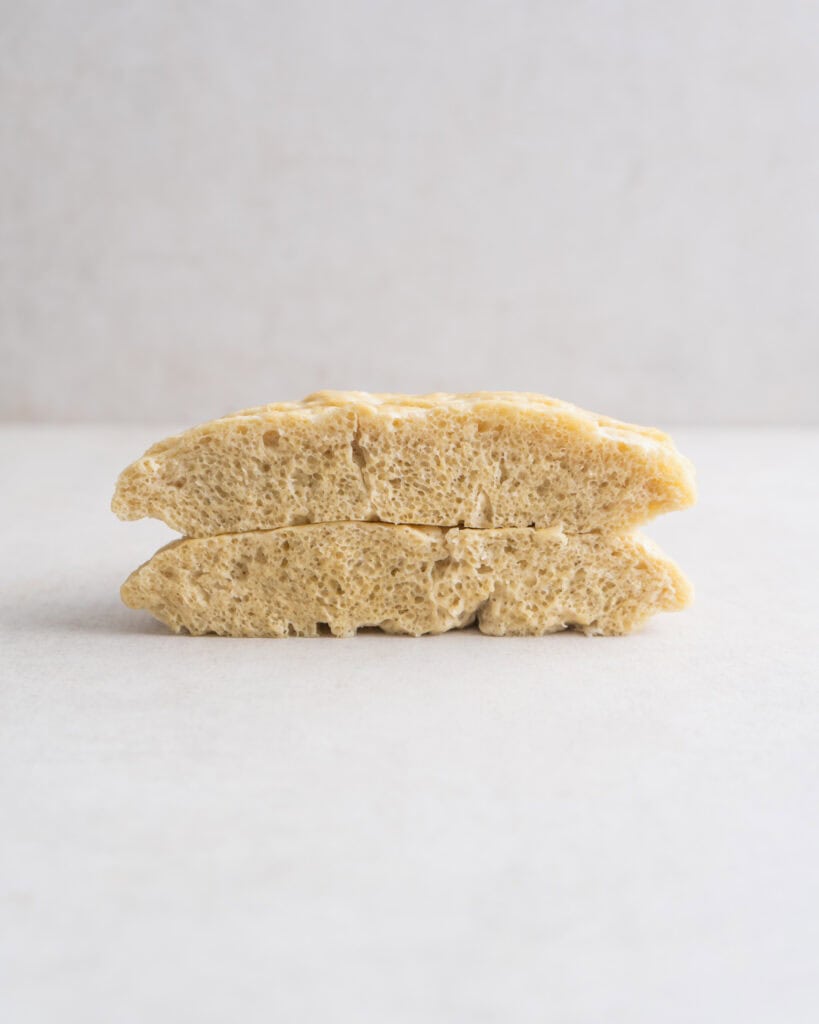
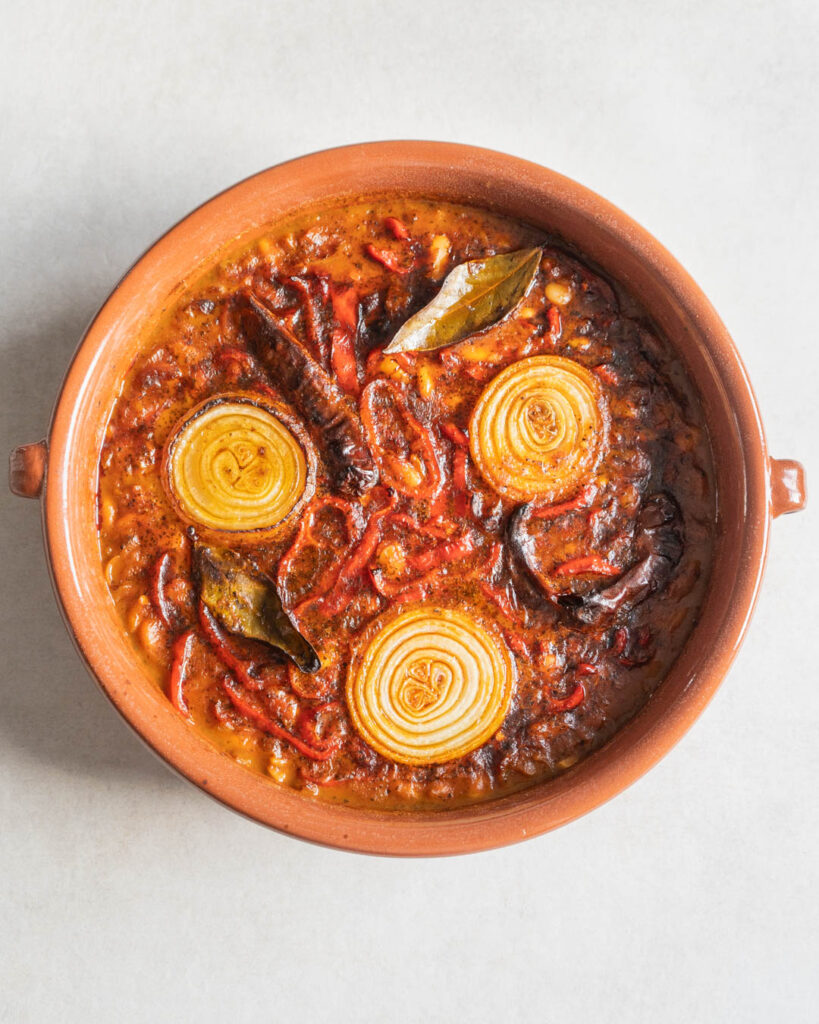
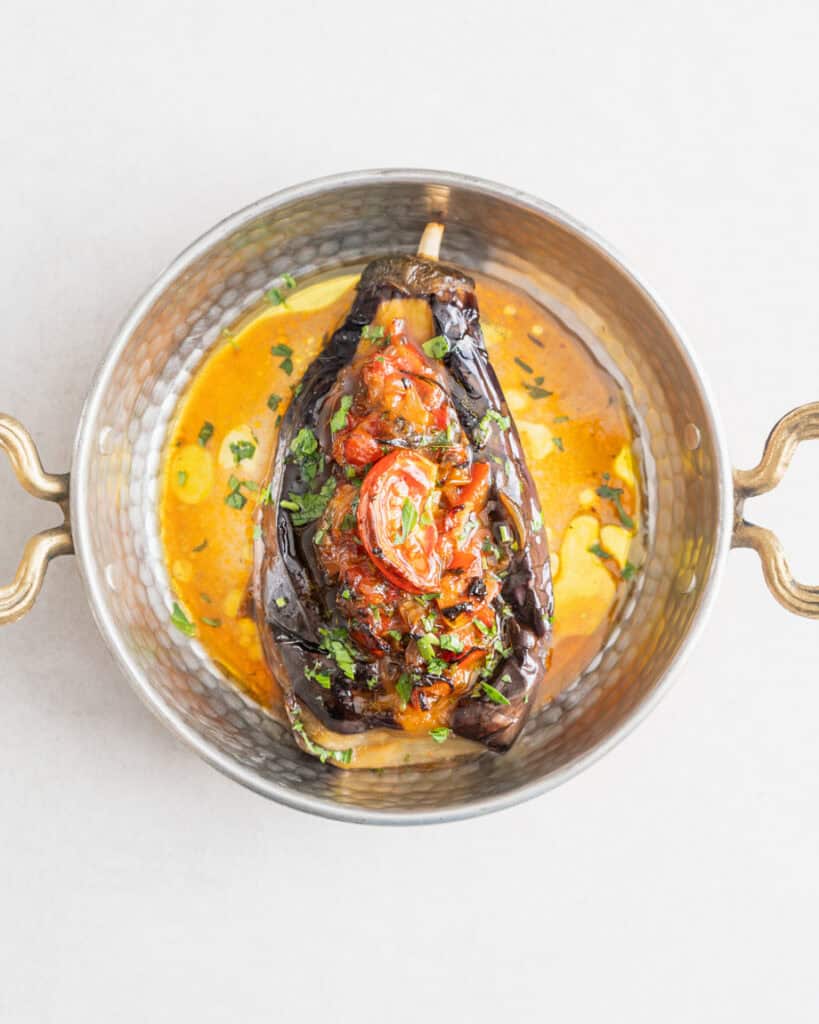
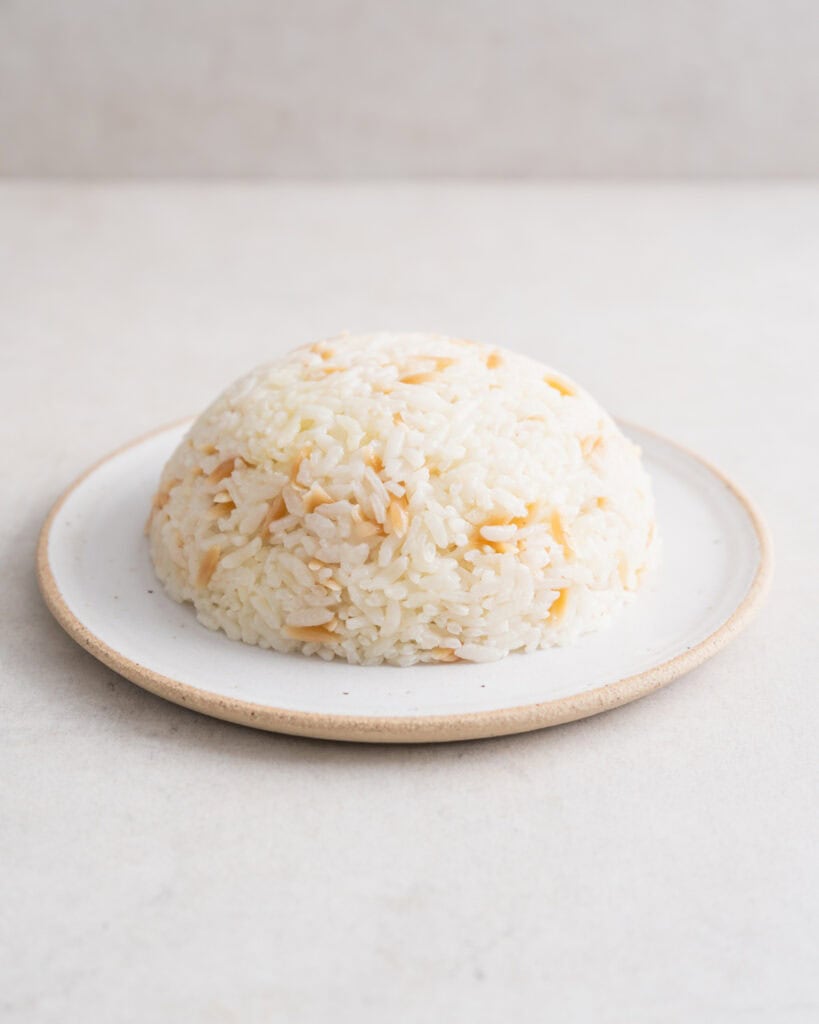




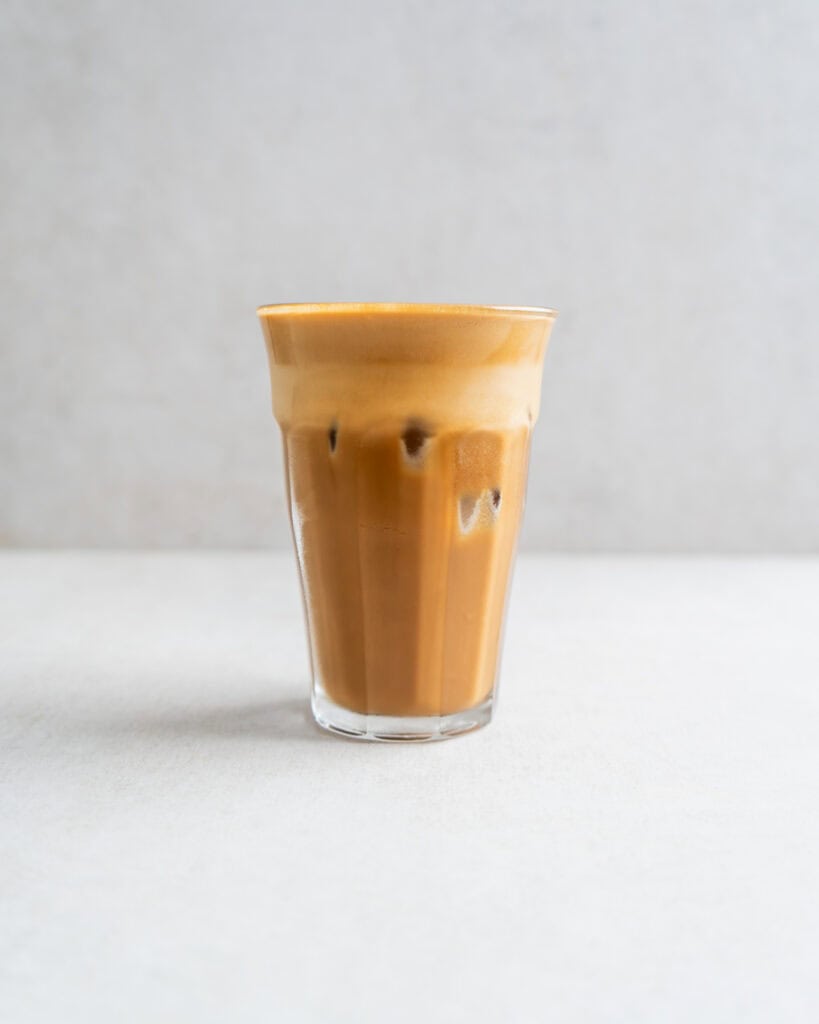

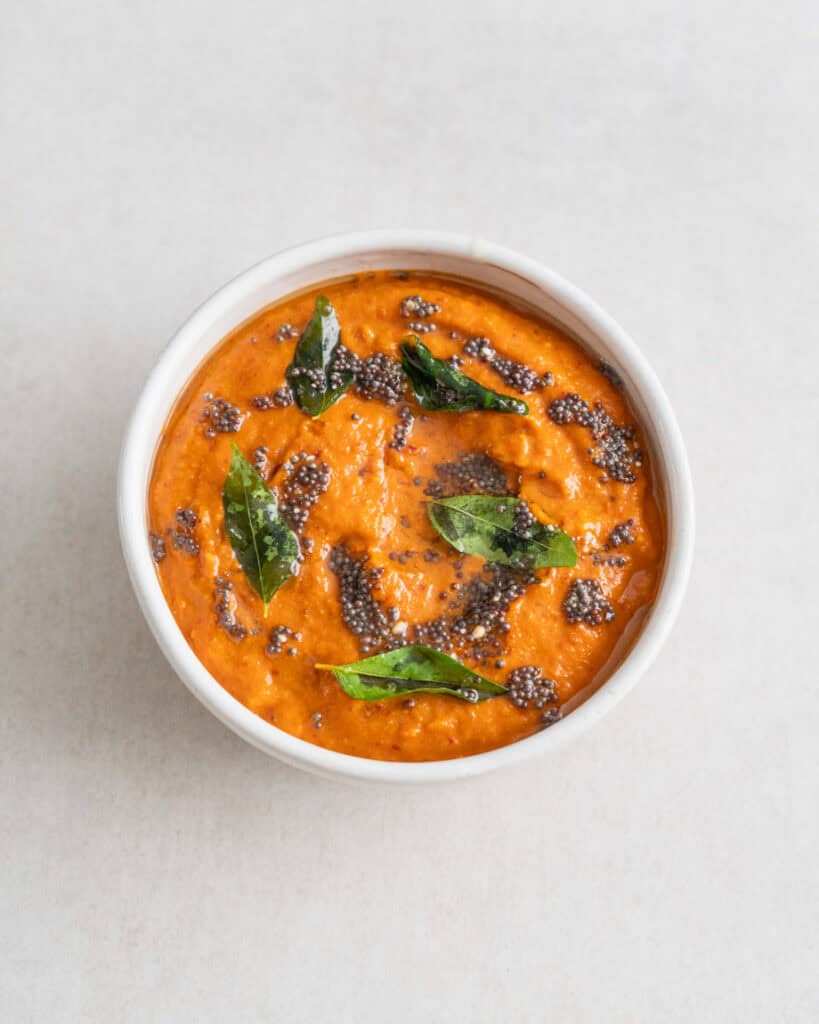
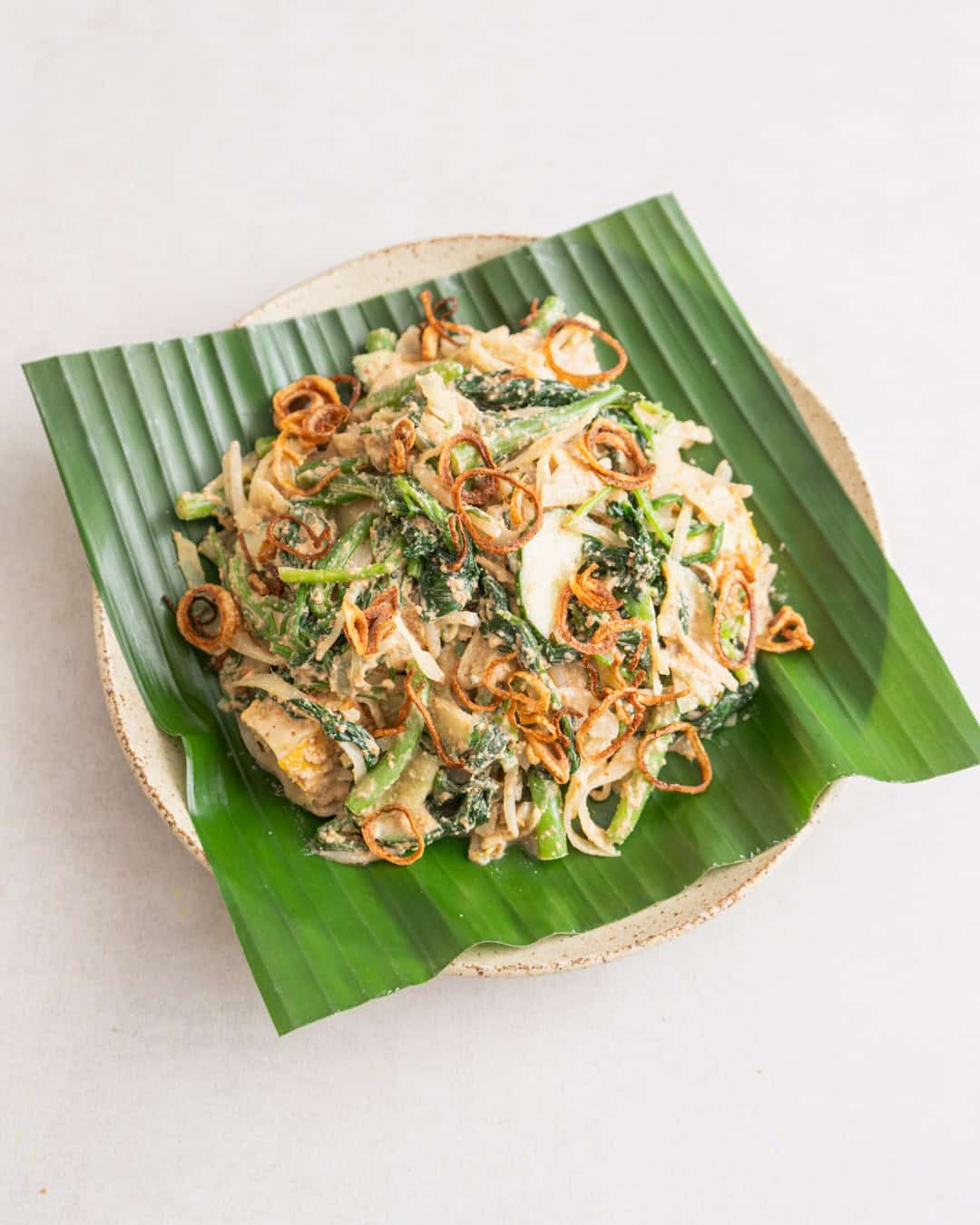
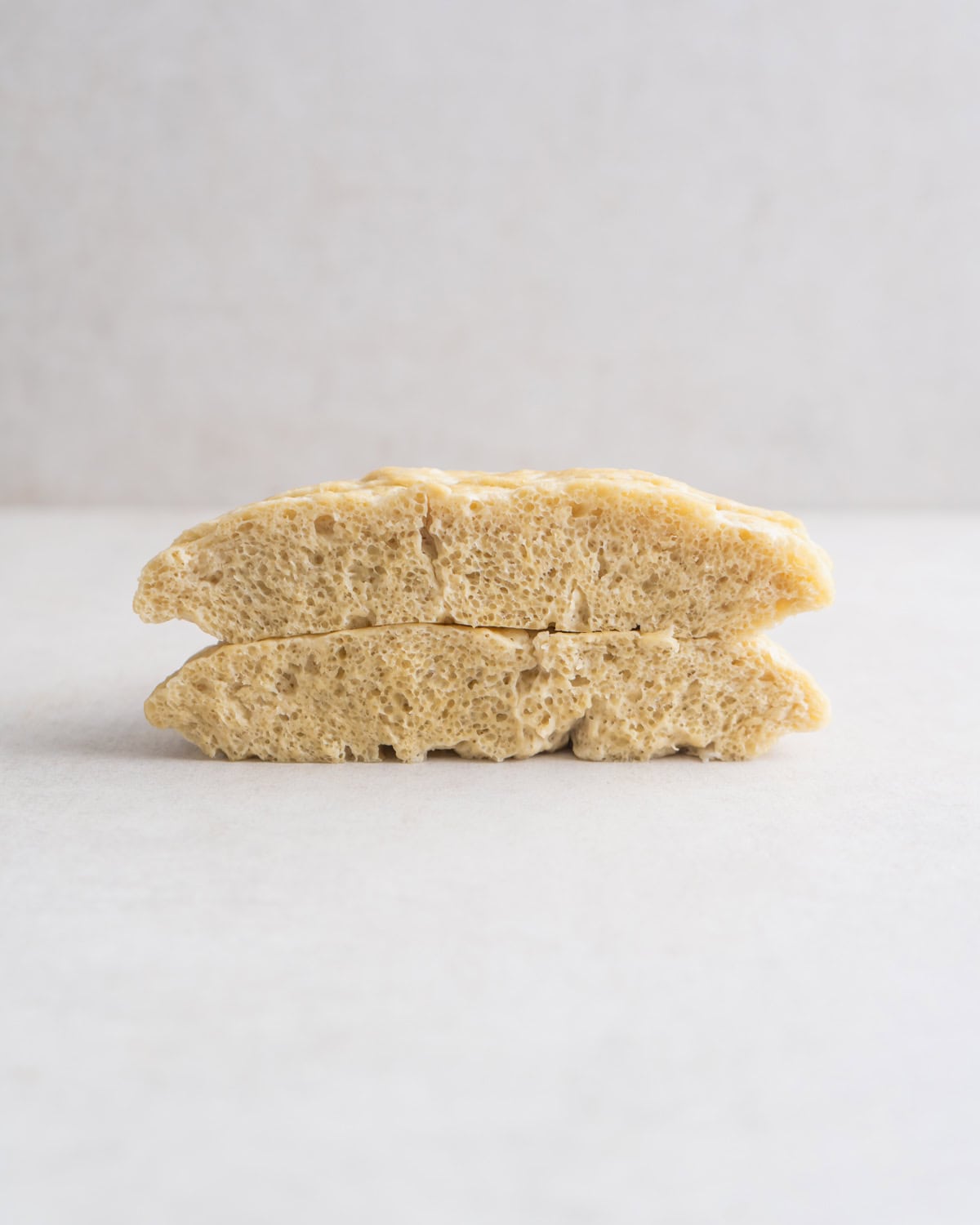

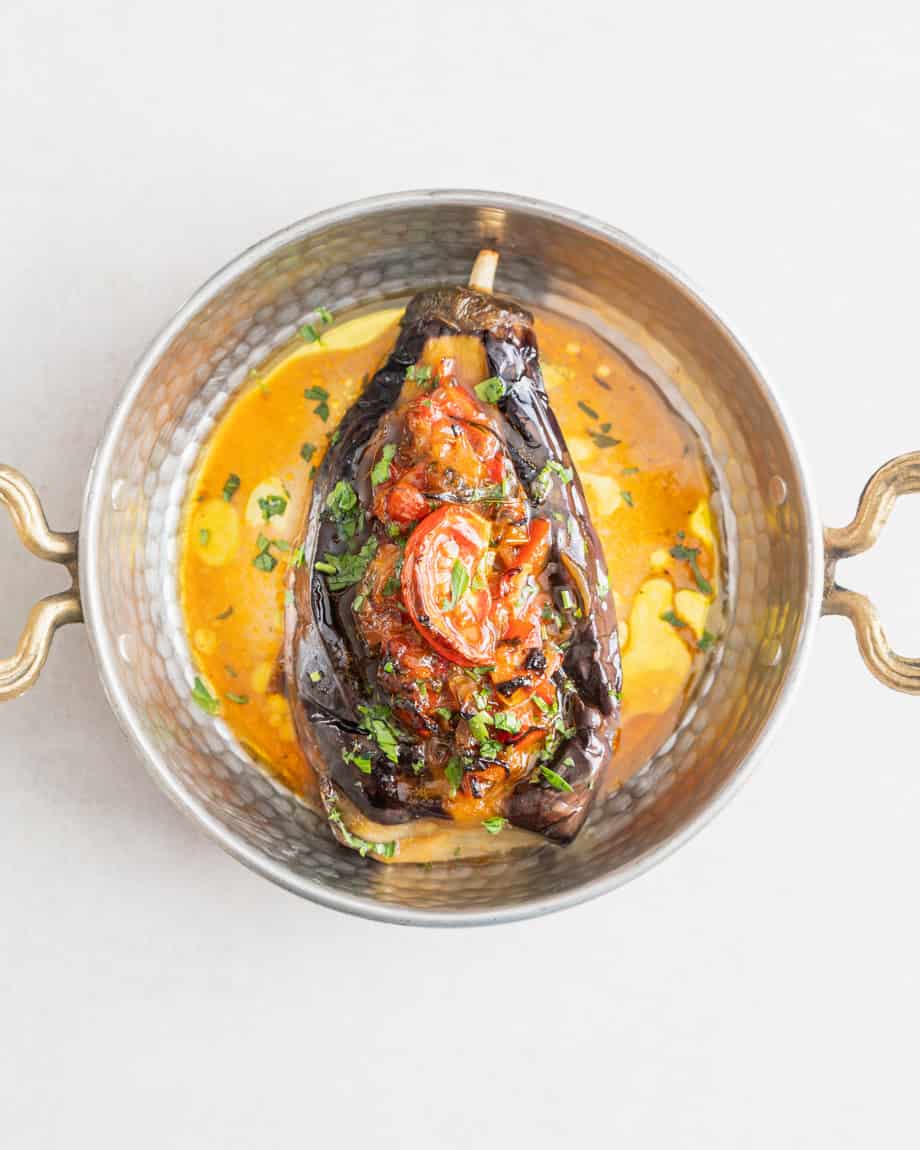

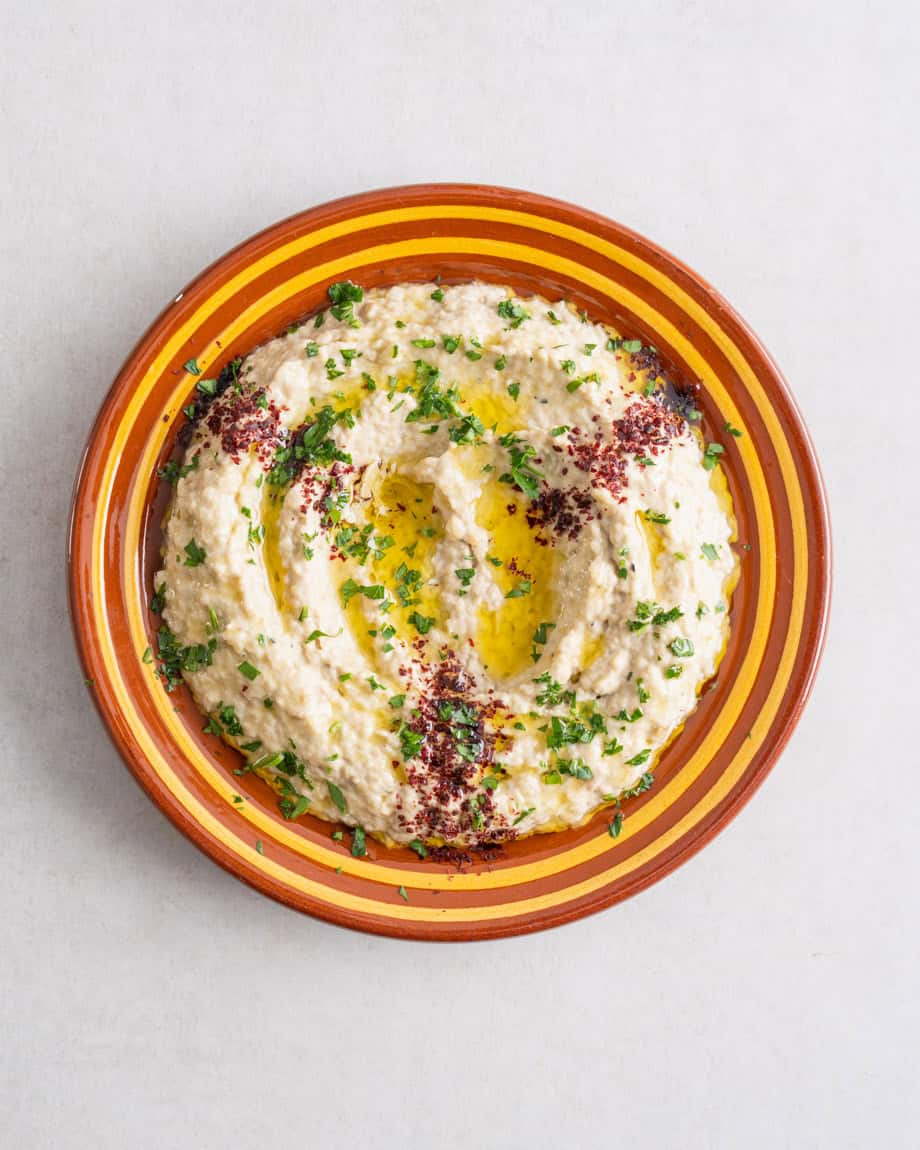
I’m Kenyan, you cooked it so well. Better than most us kenyans would. I will try it out
That’s a huge compliment, thank you!
Started a low alkaline diet this week and this recipe was an amazing introduction to its delicious potential. Added plus kids loved it too.
We’re avoiding nightshade veggies too so I subbed in beetroot which worked beautifully. Thanks!!!
True, it’s such a good fit for that! Love the idea of using beets, that must have been a vibrant colour! Glad you enjoyed it.
Made this amazing dish last night! So so good. I went to two grocery stores but unfortunately they didn’t have mung beans, so I subbed for green lentils and used coconut cream instead. Also used your Chapati recipe. Will def make again!
Sounds like a good substitute! I’m glad you enjoyed it. Thank you 🙂